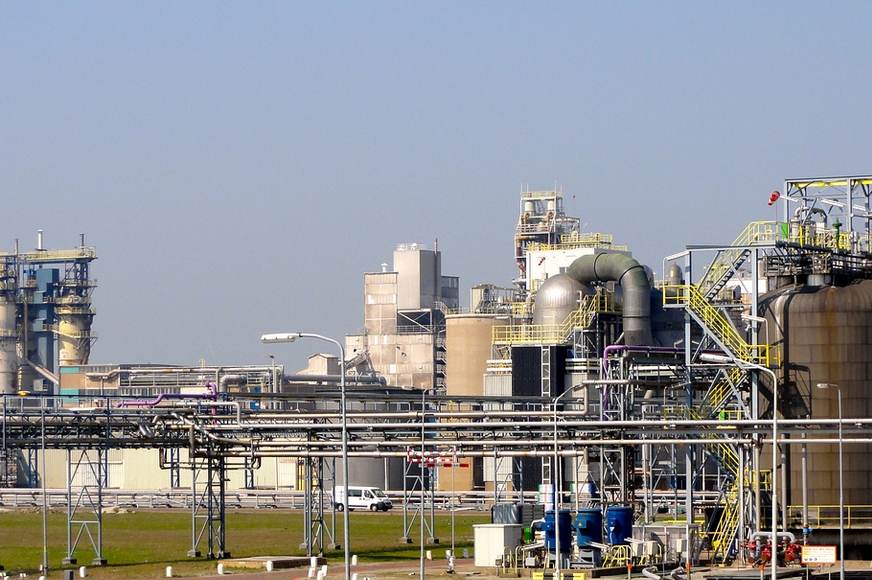Introduction
In the field of chemistry, understanding the laws of thermodynamics is essential in comprehending the behavior of matter and energy. The first law of thermodynamics is the law of conservation of energy, which is the foundation of all thermodynamic principles. This law states that energy cannot be created nor destroyed, only transferred or transformed from one form to another.
The Concept of Energy
Energy is a fundamental concept in thermodynamics that refers to the capacity of a system to do work. It comes in various forms such as kinetic energy, potential energy, thermal energy, and chemical energy. The first law of thermodynamics tells us that the total amount of energy in a closed system remains constant, but can be converted from one form to another.
The Work-Energy Principle
The first law of thermodynamics can be expressed mathematically as ΔU = Q – W, where ΔU is the change in internal energy, Q is the heat added to the system, and W is the work done by the system. This equation is known as the work-energy principle, which states that the change in internal energy of a system is equal to the heat added to the system minus the work done by the system.
Examples of the First Law of Thermodynamics in Chemistry
The first law of thermodynamics can be observed in various chemical processes. For instance, when a fuel is burned, the chemical energy of the fuel is converted into thermal energy, which can be used to do work. Similarly, in photosynthesis, solar energy is converted into chemical energy stored in the bonds of glucose molecules.
Applications in Chemical Engineering
The first law of thermodynamics is also essential in chemical engineering. It helps engineers design processes that are efficient in energy conversion and minimize energy losses. For example, in distillation, the first law of thermodynamics is used to calculate the energy required to separate a mixture of liquids by boiling and condensing.
Limitations of the First Law of Thermodynamics
Although the first law of thermodynamics is a fundamental principle, it has some limitations. It cannot explain the direction of energy flow or the irreversibility of some processes. The second law of thermodynamics, which deals with the concept of entropy, is needed to address these limitations.
Conclusion
The first law of thermodynamics is a crucial principle in chemistry that governs the behavior of matter and energy. It tells us that energy is conserved and can be converted from one form to another. Understanding this law is essential in chemical processes and engineering applications, and it serves as the foundation for more complex thermodynamic principles.
References
Chang, R. (2010). Physical chemistry for the biosciences. University Science Books.
Atkins, P. W., & de Paula, J. (2010). Physical chemistry (9th ed.). Oxford University Press.

